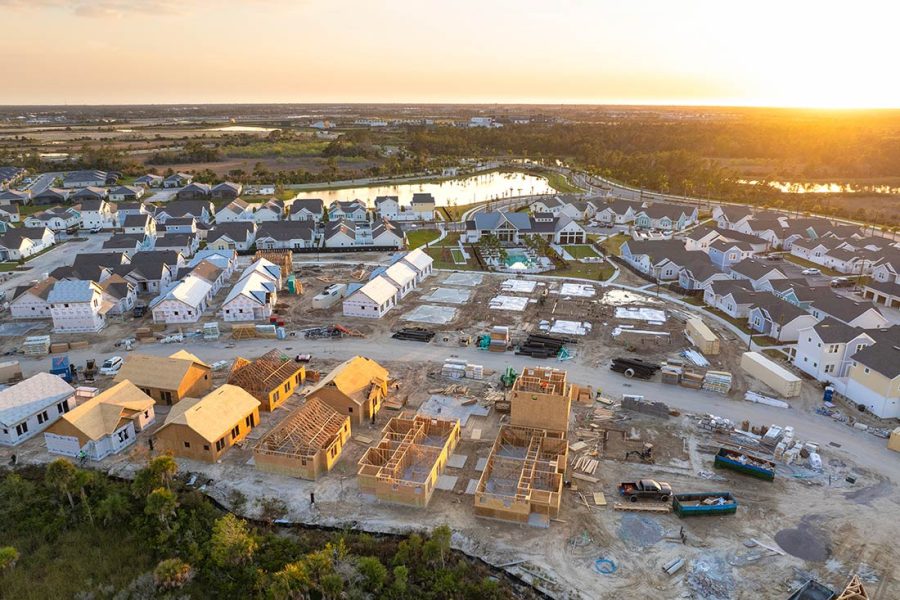- Navigator
- Marketing and Communications
- Strategic Planning
 I love taking surveys. Online, by phone, in the mail, on the street—I don’t care! Heck yes, I have a few minutes (or more) to take your survey! Gimme!
I love taking surveys. Online, by phone, in the mail, on the street—I don’t care! Heck yes, I have a few minutes (or more) to take your survey! Gimme!
Sadly, I’m a bit of an anomaly, and getting a good, representative number of surveys back can be a challenge for many organizations.
Nevertheless, surveys are an important part of many public and stakeholder engagement processes. Elected officials and boards often require that public or stakeholder opinion be gathered and presented to them before they act on a new project, initiative, or program or make changes to existing programs. So, what can you do to help make your surveys more appealing?
1. Keep your surveys short
Most research industry experts agree that a survey should take no more than 10 minutes to complete. Any longer than that, and you run the risk of the respondent abandoning your survey before they finish it. Keep your survey questions laser-focused on the issues or topics you most need to know about and avoid questions that stray too far from the goals of your engagement process.
2. If you can’t keep your survey short, offer incentives
If your project is complex and a short survey isn’t possible, consider offering an incentive to those who complete it to get more responses. Everyone’s time is valuable. A survey incentive is a way to pay people for that time. Common survey incentives include cash, gift cards, coupons/discounts, or swag given to all participants, or an entry into a raffle for a single prize.
PRO TIP: If you work for a public agency, check in with your legal counsel to verify that these types of gifts of public funds are permitted.
3. Make your surveys accessible to all users, abilities, and devices
Not everyone in the United States has access to the internet or is entirely comfortable using computers and smartphones. Online-only surveys ensure you’ll never hear from these folks, which may include those over age 70, those who are disabled or have limited mobility, and low-income families and individuals.
Provide equitable access to the survey by developing a printed version that can be distributed and collected at local community events, churches, libraries, or meetings of neighborhood/homeowners or business associations.
Translate the survey into the non-English languages most commonly spoken in your community (you can find out what those languages are and what percentage of your population speaks them on the US Census website) and make those translated versions available alongside the English versions, both online and in print.
PRO TIPS: Test your survey on multiple devices (mobile phones, tablets, laptops, etc.) to make sure it looks and functions well across all devices. Can your survey be taken by people who are blind or have restricted mobility and use screen readers? It should!
4. Keep your surveys simple and audience friendly
Unless the people taking your survey are already experts in the subject matter, make sure your survey copy is free of undefined acronyms, technical or industry jargon, and long sentences and words. If there’s a simpler, shorter way to say something, use it!
Avoid using complex or time-consuming question types. If it takes more than a few words to explain how to answer a question (e.g., “check all that apply,” “select up to five of the options,” etc.), find a simpler way to ask it.
Speaking of simpler question types, I also recommend that you avoid using open-ended comment box-type questions if possible. And if you must use them, make them optional. This will also make it a lot easier to develop a survey summary or report for your decision-makers.
PRO TIP: Avoid linking to PDF files, unless they were designed for use on small screens. There’s nothing more annoying than trying to zoom and scroll around a giant PDF on a tiny cell phone screen while taking a survey.
5. Replace text with video or images if possible
It’s becoming apparent that people don’t like to read anymore, especially when they’re online. Skimming is how a growing number of people consume internet and email content now, which means important details are often missed and information not included in the first two sentences may be skipped entirely. So, try using images instead of words.
For example, if you’re asking people to indicate their preference for a type of new development or new recreation amenities in your survey, give them photos or artist’s renderings to react to instead of multiple paragraphs of text. If you need people to review and react to different plan options or scenarios, record a short video explaining them. Use star, emoji, or “smiley” rating or satisfaction survey questions.
Creating surveys that people won’t hate taking really isn’t that difficult. Just remember to always keep your audience in mind and KISS (Keep It Super Simple).
Or you can always just send all your surveys to me to take! Just kidding (sort of).
Do you have an economic development project or plan that will require community and/or stakeholder engagement? Camoin Associates can help! We use community and stakeholder surveys to inform and shape a lot of the work we do for our clients. Learn more about our services.
Jilayne Jordan is a self-proclaimed survey wonk with over 25 years of experience in public relations and community engagement working primarily for state and local government agencies. She was hired as Camoin Associates’ Graphics and Communications Specialist earlier this year.




